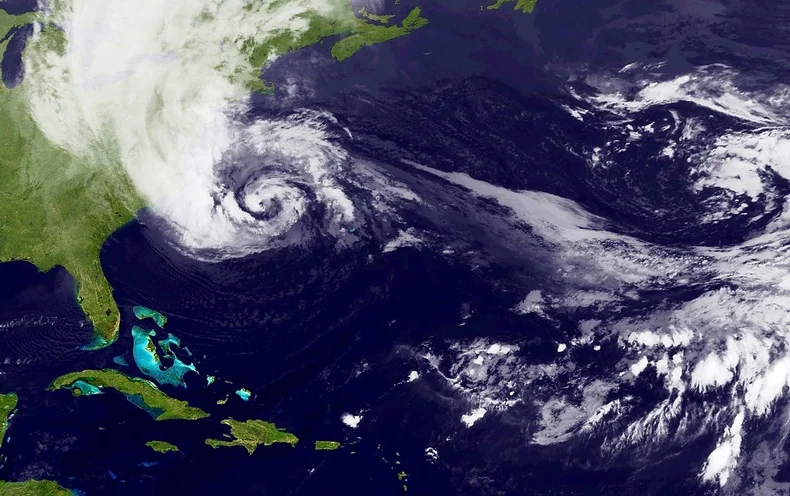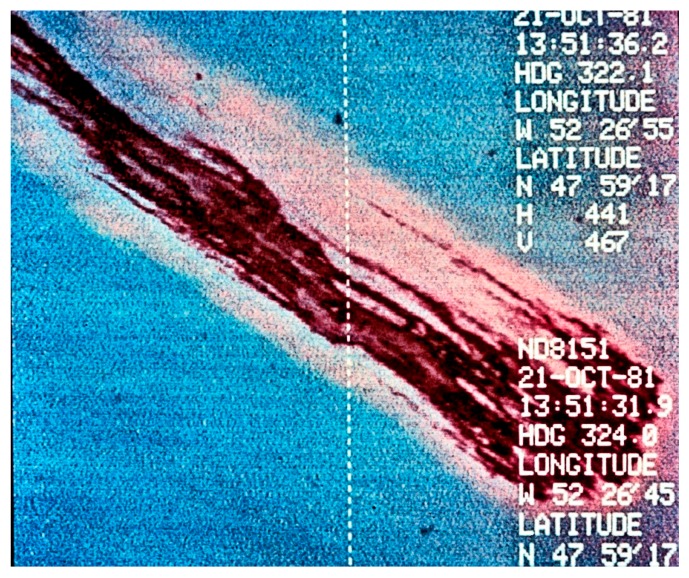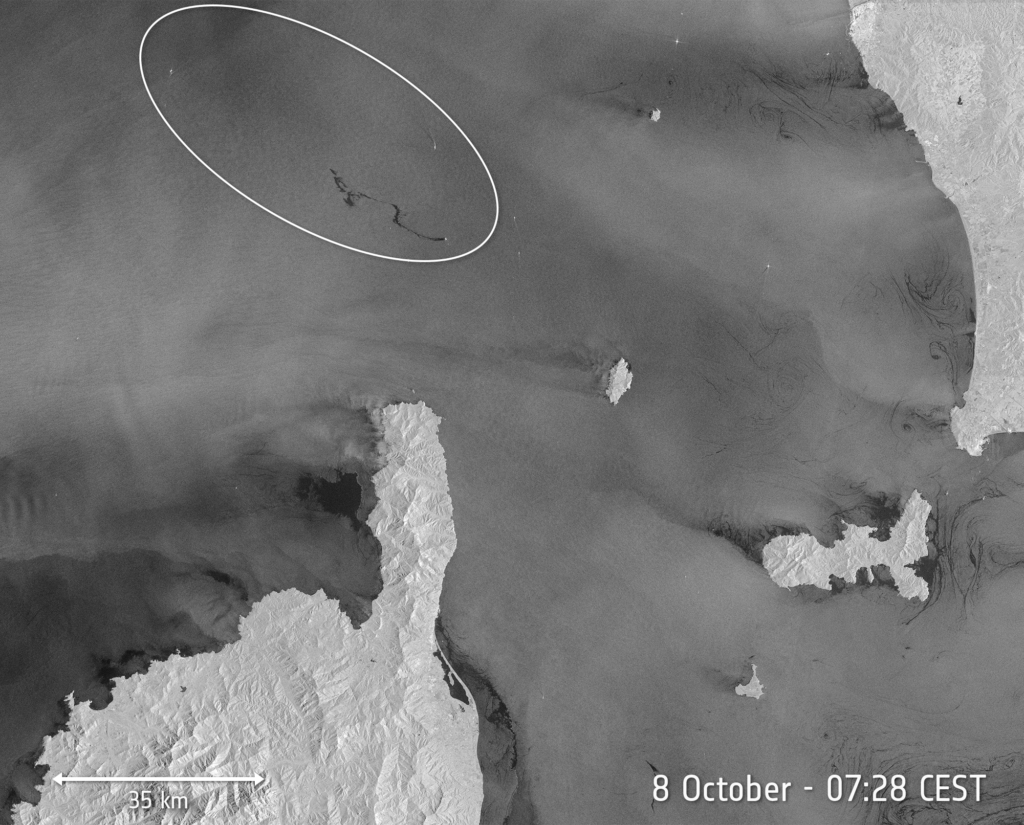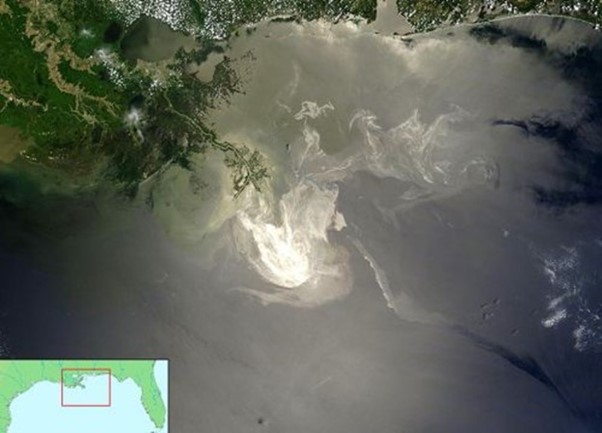Weather affects every aspect of our lives. Accurate forecasts are not only useful for day-to-day planning, but also crucial for industries such as aviation, logistics, agriculture, and emergency management. These days, we have forecasts at our fingertips, delivered through simple iconography in smartphone apps and widgets. However, this user-friendly delivery method means we often take it for granted, and don’t consider the intricate upstream and downstream processes that make weather forecasting possible.
In recent years, the use of satellites has revolutionized meteorology, enabling the observation of weather patterns on a global scale. This advancement has led to more accurate predictions than ever before—not to mention more timely warnings of dangerous conditions.
The science of weather forecasting
The current trend of representing weather through static icons on a smartphone screen does a lot to disguise the complexity of these dynamically changing systems. Weather is driven by thermodynamics: temperature differences between the poles and tropics, combined with the rotation of the Earth, influence the flow of air and water vapor across differentially heated parts of the planet’s surface. This fluid flow is also affected by factors such as oceans, land masses, and mountains. Weather forecasting relies on numerical weather prediction (NWP) models, which are mathematical models that simulate this fluid behavior.

‘Deterministic forecasting,’ which gives a single forecast outcome, is fraught with challenges, both due to chaos theory and the limitations of NWP models, and can only be relied on up to a few days in advance. Meteorologists, therefore, often use ‘ensemble forecasting’: By simulating different conditions, a range of possible outcomes can be predicted, together with their probability, making a forecast fairly reliable up to about two weeks—and despite long-running jokes about their accuracy (or lack thereof), weather forecasts have become incredibly precise over time.
However, none of this is possible without accurate data to input into the models. Measurements taken include atmospheric factors like precipitation, precipitable water (the total amount of potential precipitation in a column of the atmosphere), and wind direction and speed, but also ground-level factors, like sea surface temperature and other oceanic properties. This data comes from various sources, including weather balloons, ground stations—and, increasingly, satellites.
Satellite tools for weather forecast
Today, there are approximately 200 meteorological satellites in orbit, and the vast majority of them can be classified into two types. The first are polar-orbiting satellites, which travel around the Earth at low altitudes, from pole to pole, monitoring the entire planet as it rotates, over a period of 10 days to 1 month. Geostationary satellites, meanwhile, orbit at a high altitude over the equator, moving at the same speed as Earth’s rotation, thereby continuously monitoring a specific section of the planet. Both types play essential roles in weather forecasting.
Weather satellites are equipped with various instruments, including sensors for temperature and humidity, cameras for capturing images, and tools for measuring other atmospheric conditions like wind speed and precipitation. Generally, they are designed to be multi-functional, and carry a combination of different sensors to provide comprehensive observations. Some, however, may focus on a specific variable. For instance, the Global Precipitation Measurement (GPM) mission and Tropical Rainfall Measuring Mission (TRMM) both focus on precipitation data.
Some of the sensor types used by weather satellites
- Radiometers: the most common sensor for weather forecasting, these measure the intensity of electromagnetic radiation, including visible light, infrared or microwaves, reflected by the Earth’s surface and atmosphere. They are used to monitor sea surface and atmospheric temperatures, as well as tracking cloud cover and storms. One example is the Advanced Very High Resolution Radiometer (AVHRR), used both by NOAA and by EUMETSAT’s MetOp satellites.
- Sounders: Atmospheric sounders use infrared radiation to measure temperature and humidity profiles in the atmosphere. They provide detailed data on the vertical distribution of temperature, water vapor, and trace gases. An example is the Atmospheric Infrared Sounder (AIRS) onboard NASA’s Aqua satellite.
- Scatterometers: These instruments transmit microwave pulses and measure the ‘backscattered’ signals. They are primarily used to determine ocean surface wind speed and direction by analyzing the texture of the sea surface. Scatterometers are used by EUMETSAT’s MetOp satellites.
- Altimeters: Radar altimeters use radar pulses to measure the distance to the Earth’s surface. They provide information on sea surface height; crucial for understanding ocean currents, sea level changes, and storm surges. An altimeter is the main instrument on board the Jason-3 satellite, a collaboration between NOAA, NASA, EUMETSAT, and CNES.
- Radio Occultation (RO): This is a technique that measures the bending of radio signals from Global Navigation Satellite System (GNSS) like GPS as they pass through Earth’s atmosphere. Analysis of the signal bending provides information on temperature, pressure, and humidity. The joint US-Taiwan COSMIC constellations use GNSS-RO.
- Geostationary Lightning Mapper (GLM): An instrument that continuously monitors lightning activity, helping forecasters identify severe storms and issue timely warnings. The first GLM is used onboard NOAA’s Geostationary Operational Environmental Satellite-R (GOES-R) series, monitoring lightning activity over the Americas.
|
Advantages of satellites in monitoring and weather forecast
Perhaps the single most significant advantage brought about by weather satellites is their ability to monitor conditions over the oceans. They account for over 70% of the planet’s surface, but before the space age, weather observations over the Earth’s oceans were sparse, with ocean-going ships and buoys providing only limited measurements. Satellites have given meteorologists the ability to monitor weather over the entire surface of the planet, which has led to a far greater understanding of global weather patterns and, consequently, significant improvements in forecasting.
The use of satellites in weather forecasting offers other advantages over conventional means. They enable monitoring of remote regions including mountains, deserts and rainforests, and also permit simultaneous observation of multiple areas, all of which contributes vital information about weather systems and long-term predicitons. They can also assist with short-term prediction, by monitoring and providing real-time data on atmospheric changes, such as the development of storms or clouds, and identifying fog formation.
Satellites are also the best means by which to track storm movements and predict their path and intensity, by detecting changes in pressure, and wind direction and speed. They can therefore help to warn of potentially devastating consequences, like floods, wildfires, destruction to assets, or danger to lives. Hurricane Sandy provided a dramatic real-life example of the benefits of satellites in weather prediction, when NASA’s polar-orbiting satellites were able to predict the storm’s very unusual ‘left-hook’ movement and forecast its landfall a week in advance.

The state of the industry
Historically, the sector has been driven by government agencies or intergovernmental bodies. EUMETSAT (European Organisation for the Exploitation of Meteorological Satellites) operates a series of geostationary meteorological satellites, Meteosat, and also two polar-orbiting satellites, MetOp, for weather forecasting and climate monitoring. The United States National Oceanic and Atmospheric Administration (NOAA) also operates a number of satellites, including the geostationary COSMIC-2 series focused on the equator. However, NOAA has recently turned to private companies GeoOptics and Spire to help fill gaps in satellite coverage, particularly closer to the poles.
GeoOptics provides environmental data to commercial partners as well as governments. The company has a constellation of nanosatellites called CICERO (Community Initiative for Cellular Earth Remote Observation), the first—and so far the only—satellite constellation providing high-quality radio occultation data. Spire’s Lemur constellation has over 100 satellites, one of the largest constellations in existence, and the company provides weather data as one of a number of solutions, also using radio frequency technology.
There is a growing commercial market for satellite data, creating a more diverse and dynamic sector. For instance, marketplaces like UP42 now host data and analytics related to weather, making it easy to access information for those who need weather data for a small project or area of interest. UP42’s weather data is provided in partnership with Meteomatics.
Opportunities and challenges for the meteorological satellite sector
Space has become more accessible than ever before, but a satellite launch is still a costly endeavor. The market for weather data is limited, so investors are hesitant to fund startups in this domain, and although there has been a significant increase in the number of private satellites in general, not enough companies are focusing on weather forecasting. Weather companies themselves face the challenge of balancing limited budgets. Furthermore, there are challenges to do with technology on the ground: As satellites are producing more data, with increased spatial resolution, the need for greater data storage and processing speeds also grows.
One of the most promising opportunites for satellite weather forecasting has been presented by advances in small satellite technology and cubesats. Weather satellites have traditionally been huge, which contributes significantly to the cost of their launch. Small satellites—like NASA’s ‘Raincube’ and ‘Windcube’, or those being developed by Orbital Micro Systems (OMS), PlanetiQ, and —could dramatically increase affordability, leading to more constellations capable of filling measurement gaps.
Meanwhile, as machine learning and artificial intelligence continue to develop, they will play an increasingly crucial role, improving the models used in weather prediction. Developments in quantum computing could lead to faster computers which, coupled with advanced AI, can help to process the vast amount of data collected by satellites.
Satellites are likely to be used in combination with traditional measurement techniques for some time yet. For example, UP42’s weather data source combines satellite data with ‘over 10,000 weather stations dotted across the globe.’ Climate and weather specialist Climavision provide what they claim to be ‘the most technologically advanced site-specific weather forecasting system, with data gathered not just from satellites but also an overlapping network of proprietary low-atmosphere radars.
Conclusion
Emerging technologies hold great promise for the future of weather forecasting, but there are still several hurdles to overcome to fully realize their benefits, according to acclaimed meteorologist Dr. Marshall Shepherd: The industry needs higher resolution precipitation data, more comprehensive wind information, and a deeper understanding of internal hurricane dynamics—especially over oceans. There is also apparently a data gap for precipitation and water vapour measurements in the ‘boundary layer,’ the first kilometer of the atmosphere. Finally, there needs to be improvement in the way weather information is communicated to people, so that they know when and how to act when faced with extreme weather events. These are not all problems that can be solved by satellites.
Nevertheless, the field of satellite-based weather forecasting has made significant strides in recent years, and there’s no doubt that as technology continues to improve, the sector will become increasingly important. Climate change is bringing more extreme and unpredictable weather events, with weather-related disasters increasing fivefold over the past 50 years. Surging populations in the developing world are making even more people vulnerable, so it’s crucial to provide early warnings for floods, hurricanes, and other natural disasters.
Investing in satellite technology for weather forecasting will not only save lives but also help communities better prepare for and adapt to our changing climate. With ongoing advancements and a growing understanding of the challenges faced by the industry, the future for satellite-based weather forecasting looks sunny.
Did you like the article? Read more and subscribe to our monthly newsletter!











